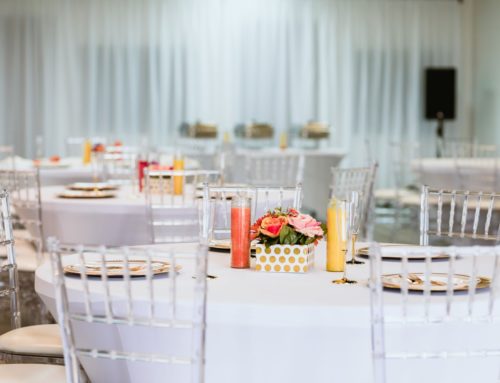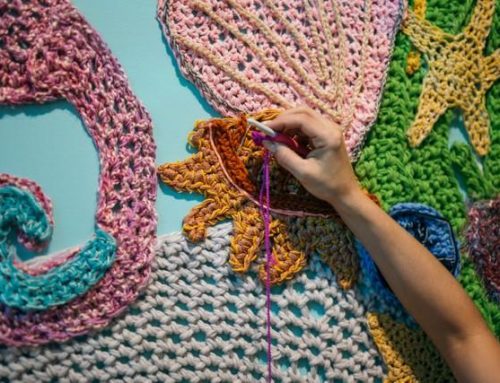If you live in our neighborhood, you have every reason to believe kids’ playgrounds are going the route of the McMansion. Steeples jut up from behind backyard fences, and winding plastic slides spring forth from bright towering edifices that leave limited space for the remainder of the schoolyard. However, the playground of the future actually might look a lot like the old-school version. Natural playgrounds made from organic materials — wood, stone, dirt and sand — are increasingly popular in cities such as Portland, Ore. and Boston, Mass., but St. James Episcopal School and Church in Lake Highlands is one of the first in Dallas to build a natural playground. When it came time to think about replacing the synthetic school playground, St. James Headmistress Loree Birkenback sought out a greener alternative, and she wanted a playground that complemented the Montessori school’s hands-on approach to learning. “We wanted a space made from natural elements that would evoke constructive imaginative play.” From Audelia Road, it looks like little more than a grassy hill, and it’s usually teeming with little ones. A slide and cave are built into the hillside; a storage bench holds sticks and other building materials that keep the kids busy. “Climbing, log balance, sand pit … there’s also a learning garden nearby. It’s more interactive than the old type of playground,” Birkenback says. On the old jungle gyms and structures, the students quickly ran out of things to do, but not here. “We might have 86 primary school children out here at one time and everyone has something to do. Before, they could climb, hang and slide, but this is really interactive.” In addition to the fun factor, natural playgrounds might be safer and easier to maintain than the traditional types. “The safety inspector was blown away by the relative safety,” Birkenback says. St. James has completed the first phase of the playground and has started raising money to build phase two.






